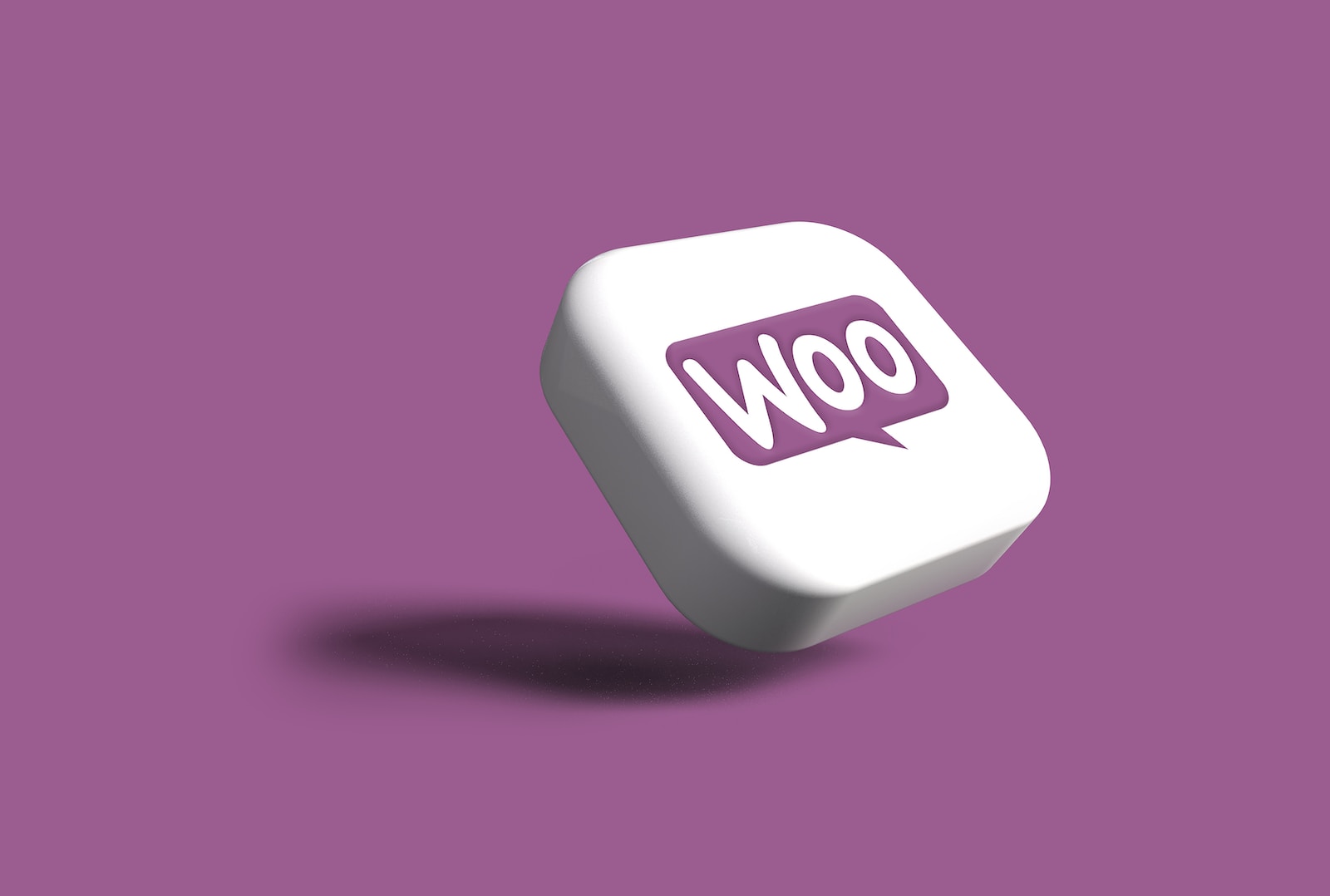As an entrepreneur ready to take on the world of e-commerce, I am excited to share with you a comprehensive guide on setting up your online store with WooCommerce.
This powerful platform allows you to showcase your products, manage inventory, and process orders seamlessly.
Whether you’re a tech-savvy individual or a business owner looking to expand into the digital realm, this guide will provide you with the necessary steps to create a successful and innovative online store.
Let’s dive in and unlock the potential of WooCommerce together!
Key Takeaways
- Choosing the right Woocommerce theme is crucial for your online store
- Installing and configuring Woocommerce properly is important for smooth operation
- Setting up product categories and attributes helps organize your store effectively
- Managing inventory and orders efficiently is essential for a successful online store
Choosing the Right Woocommerce Theme for Your Online Store
I’m currently researching and comparing different Woocommerce themes to find the perfect one for my online store. As a business owner, it’s crucial to have an innovative and visually appealing website that can attract customers and drive sales. With the multitude of options available, it can be overwhelming to choose the right theme. However, by considering certain factors and analyzing each option thoroughly, you can make an informed decision.
First and foremost, it’s important to assess the design and layout of the theme. A clean and modern design can create a positive first impression and enhance the overall user experience. Additionally, the theme should be responsive and mobile-friendly, ensuring that your website looks great on all devices.
Another crucial aspect to consider is the customization options offered by the theme. It should provide flexibility and allow you to easily customize colors, fonts, and layouts to match your brand identity. This will enable you to create a unique and cohesive online store that stands out from the competition.
Furthermore, functionality is key when choosing a Woocommerce theme. It should have all the necessary features and integrations to support your business needs. Whether it’s a seamless checkout process, product filtering options, or social media integration, ensure that the theme has the functionalities that will enhance the user experience and streamline your operations.
Lastly, take into account the theme’s performance and speed. A slow-loading website can lead to a high bounce rate and potential loss of customers. Look for themes that are optimized for speed and have a good performance track record.
Installing and Configuring Woocommerce on Your Website
I just finished installing and configuring Woocommerce on my website, and I’m excited to start setting up my online store. Woocommerce is a powerful e-commerce plugin for WordPress that allows you to sell products and services directly from your website.
Here are some key steps I took to get started:
- Install Woocommerce: I downloaded and installed the Woocommerce plugin from the WordPress repository. It was a simple process that involved a few clicks and a quick setup wizard.
- Configure Woocommerce settings: After installation, I went through the settings to configure my online store. I set up my currency, payment gateways, shipping options, and tax settings. It was important to ensure that everything was tailored to my specific business needs.
- Design your store: I then focused on customizing the appearance of my online store. Woocommerce offers a wide range of themes and templates to choose from, allowing me to create a visually appealing and user-friendly store.
- Add products: With Woocommerce, adding products to my store was a breeze. I created product categories, added product descriptions, uploaded images, and set prices and inventory levels. The plugin also provided options for cross-selling and upselling.
- Test and launch: Before launching my online store, I thoroughly tested the purchasing process to ensure everything was functioning correctly. Once I was satisfied, I officially launched my store and started promoting it to potential customers.
Setting up an online store with Woocommerce has been an exciting journey. The plugin provides all the necessary tools and features to create a successful e-commerce website. By following these steps, you can have your own online store up and running in no time.
Happy selling!
Setting up Product Categories and Attributes in Woocommerce
To organize my products effectively, I created multiple product categories and assigned attributes in Woocommerce. This allowed me to streamline the browsing experience for my customers and make it easier for them to find exactly what they were looking for.
By creating different categories such as ‘Electronics,’ ‘Clothing,’ and ‘Home Decor,’ I was able to group similar products together and create a clear hierarchy on my online store.
In addition to categories, I also assigned attributes to each product. These attributes could be things like color, size, or material, depending on the type of product. By assigning attributes, I was able to provide more detailed information about each item and give my customers the ability to filter their search results based on their preferences.
For example, if a customer was looking for a red shirt in size small, they could easily narrow down their options using the attribute filters.
Overall, setting up product categories and attributes in Woocommerce was a crucial step in creating a user-friendly online store. It not only improved the browsing experience for my customers but also helped me manage my inventory more efficiently. By organizing my products in this way, I was able to provide a seamless shopping experience and increase customer satisfaction.
Managing Inventory and Orders in Your Woocommerce Store
In order to ensure timely fulfillment, I regularly update my inventory and track orders in my Woocommerce store. This allows me to efficiently manage my online business and meet customer expectations. Here are some key strategies I utilize:
- Real-time Inventory Updates: I leverage the power of Woocommerce to automatically update my inventory as soon as a sale is made. This ensures that I always have accurate stock levels and avoids overselling.
- Centralized Inventory Management: With Woocommerce, I can easily manage my inventory in one centralized location. I can view stock levels, add new products, and make changes to existing ones, all from the convenience of my admin dashboard.
- Track Order Status: Woocommerce provides a built-in order management system that allows me to track the status of each order. From processing to shipping to delivery, I can keep my customers informed every step of the way.
- Automated Order Notifications: To provide a seamless customer experience, I’ve set up automated order notifications in my Woocommerce store. Customers receive email notifications when their order is received, shipped, and delivered.
- Integration with Shipping Providers: Woocommerce offers integration with popular shipping providers, allowing me to easily generate shipping labels and provide real-time tracking information to my customers.
Optimizing Your Woocommerce Store for Search Engines and Conversions
Successfully optimizing your Woocommerce store for search engines and conversions requires implementing effective SEO strategies, such as using relevant keywords and creating compelling meta descriptions. These strategies are crucial in today’s digital landscape, where competition is fierce and online visibility is key.
When it comes to search engine optimization (SEO), the use of relevant keywords is paramount. Conducting thorough keyword research will help you identify the terms your target audience is searching for, allowing you to optimize your product descriptions, category pages, and blog posts accordingly. By incorporating these keywords into your content in a natural and meaningful way, you can improve your store’s visibility in search engine results.
Additionally, crafting compelling meta descriptions is another essential aspect of optimizing your Woocommerce store. A meta description is a short snippet that appears below the page title in search results, providing a concise summary of the page’s content. By writing compelling and persuasive meta descriptions, you can entice users to click on your site, increasing your click-through rate and potential conversions.
Furthermore, it’s important to consider the user experience when optimizing your store. Implementing a clean and intuitive navigation system, optimizing page load times, and ensuring mobile responsiveness are all factors that contribute to a positive user experience. By providing users with a seamless and enjoyable browsing experience, you can increase the likelihood of conversions and customer retention.
Frequently Asked Questions
How Can I Integrate My Woocommerce Store With a Payment Gateway?
To integrate my Woocommerce store with a payment gateway, I’ll need to navigate to the Woocommerce settings, select the appropriate payment gateway plugin, and enter my account information. This will allow customers to securely make online payments.
Can I Customize the Checkout Process in My Woocommerce Store?
Yes, you can customize the checkout process in your Woocommerce store. By using plugins and extensions, you can add custom fields, modify the layout, and integrate with your preferred payment gateway for a seamless customer experience.
Is It Possible to Offer Discounts or Coupons to Customers in My Woocommerce Store?
Yes, it is possible to offer discounts or coupons to customers in my Woocommerce store. This feature allows me to attract and retain customers by providing them with special offers and incentives to make purchases.
How Can I Set up Shipping Options and Calculate Shipping Costs in My Woocommerce Store?
To set up shipping options and calculate shipping costs in my WooCommerce store, I can go to the Shipping settings and choose from various shipping methods like flat rate, free shipping, or real-time rates with carrier integration.
Can I Add Additional Functionality to My Woocommerce Store Using Plugins?
Yes, you can enhance the functionality of your WooCommerce store by adding plugins. These plugins offer various features like advanced shipping options, payment gateways, product variations, and more, allowing you to customize your store to meet your specific needs.
Conclusion
After following this guide, you’ll be well on your way to setting up a successful online store with WooCommerce.
By carefully choosing the right theme, configuring the plugin, organizing your products, and optimizing your store for search engines, you’ll be able to attract customers and increase conversions.
So why wait? Start building your online store today and watch your business thrive.
Remember, success is just a few steps away!









One Response